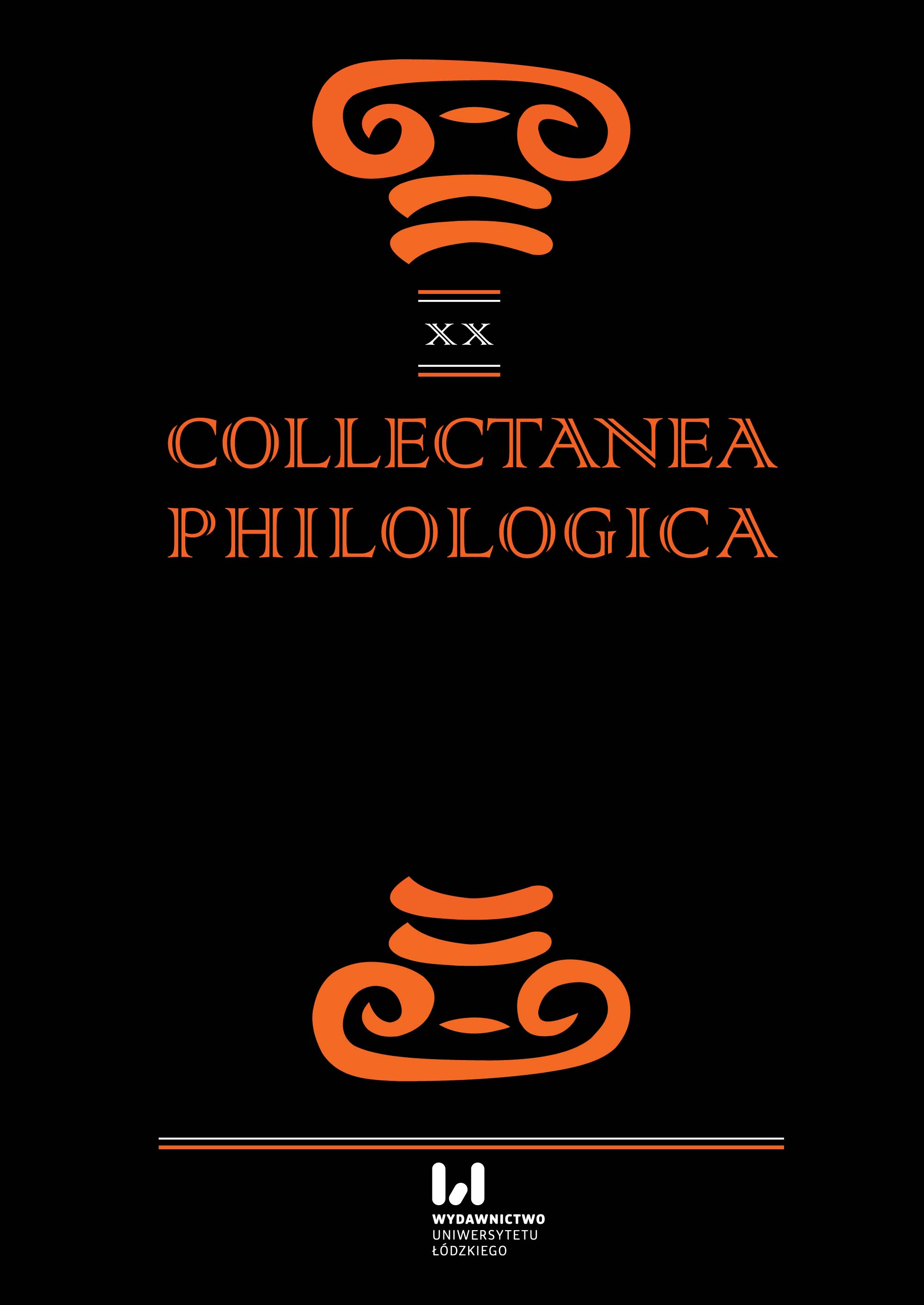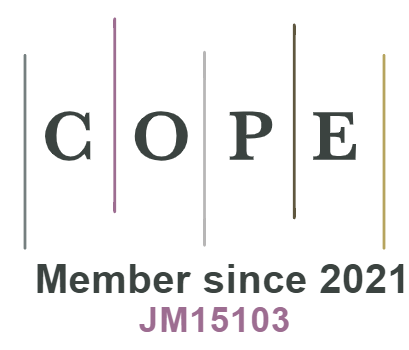Sermo in Adventu Domini: Latin Comprehension in 9th Century Nothern Italy
DOI:
https://doi.org/10.18778/1733-0319.20.07Keywords:
Patristics, Late Latin, Medieval Latin, Sociolinguistics, Christian PreachingAbstract
The purpose of this article is to analyse an anonymous homily written in ninth century northern Italy. Linguistic analysis of the text strongly supports the hypothesis that this example and similar texts would have been understood by listeners of the era when read aloud. This comprehensibility is ensured above all by the fact that the Latin vocabulary and morpho-syntax of this text are based not only on the classical norm but on the late and patristic norms. Even if the listeners had only passive competence of the language, this proves that Latin was still widely understood in the ninth century.
References
Banniard, M. (2001). “Causes et rythmes du changement langagier en Occident Latin (iiie-viiie s.)”. Revue Tranel (Travaux neuchâtelois de linguistique) 33-45. 85-99.
Google Scholar
Banniard, M. (2013). The transition from Latin to the Romane languages. In: R. Maiden et al. (eds.). The Cambridge History of Romance Languages. Vol. 2. Cambridge: Cambridge University Press. 56-107.
Google Scholar
Blaise, A. (1955). Manuel du latin chrétien. Strasbourg: Le Latin Chrétien.
Google Scholar
Bourgain, P. (2005). Le latin médiéval. Turnhout: Brepols.
Google Scholar
Glessgen, M. (2012 [2007]). Linguistique romane: domaine et méthodes en linguistique française et romane. Paris: Armand Colin.
Google Scholar
Gunzo, Epistula ad Augienses, eMGH (eMonumenta Germaniae Historica), QQ Geistesgesch. 2, Cap. 4, pag. 27, lin. 17, consulté en ligne le 23/03/2017: www.brepolis.net, Brepols Publishers, Turnhout, 2016
Google Scholar
Herman, J. (2006). “Remarques sur l’histoire du futur latin – et sur la préhistoire du futur roman” [paru pour la première fois en 1996]. In: S. Kiss (ed.). Du latin aux langues romanes II: Nouvelles études en linguistique historique. Tübingen: Max Niemeyer Verlag. 76-87.
Google Scholar
Jeauneau, E. (1967). “’Nani gigantum humeris insidentes’: Essai d’interprétation de Bernard de Chartres”. Vivarium 2. 79-99.
Google Scholar
Niermeyer, J.F et al. (eds), Mediae Latinitatis Lexicon Minus: http://dictionaries.brillonline.com/niermeyer, consulté le 25/03/2017.
Google Scholar
Mercier, P. (1970). xivhomélies du ixe siècle d’un auteur inconnu de l’Italie du nord. Paris: Éditions du Cerf.
Google Scholar
Richter, M. (1979). “Latina lingua – sacra seu vulgaris ?”. In: W. Lourdaux, D. Verhelst (eds.). The Bible and Medieval Culture. Leuven: Leuven University Press. 16-34.
Google Scholar
Richter, M. (1983). “Á quelle époque a-t-on cessé de parler latin en Gaule ? Á propos d’une question mal posée”. Annales. Économies, Sociétés, Civilisation 2. 439-448.
Google Scholar
Sermon sur Jonas (1956). G. de Poerck (ed.). Gent: Romanica Gandensia. Publié en ligne par la Base de français médiéval, http://catalog.bfm-corpus.org/jonas. Dernière révision le 2009-06-19. Consulté le 25/03/2017
Google Scholar
Stotz, P. (1998). Handbuch zur lateinischen Sprache des Mittelalters, Vierter Band. Formenlehre, Syntaxe und Stilistik. Münich: Beck.
Google Scholar
Van Uytfanghe, M. (2008a). La communication verticale latine en Italie (vie – viiie siècle). In: A. Van Acker et al. (eds.). Latin écrit - Roman oral ? De la dichotomisation à la continuité, Turnhout: Brepols. 127-135.
Google Scholar
Van Uytfanghe, M. (2008b). Quelques observations sur la communication linguistique dans la Romania du ix siècle. In: P. von Moos (ed.). Zwischen Babel und Pfingsten: Sprachdifferenzen und Gesprächsverständigung in der Vormoderne. Zürich: LIT Verlag. 317-338.
Google Scholar












